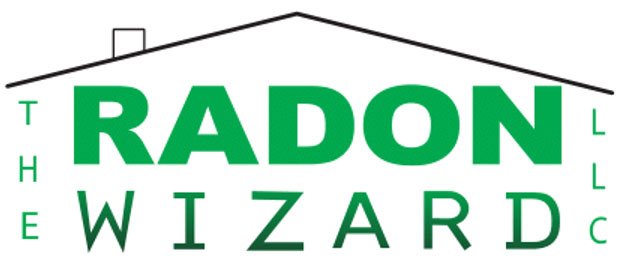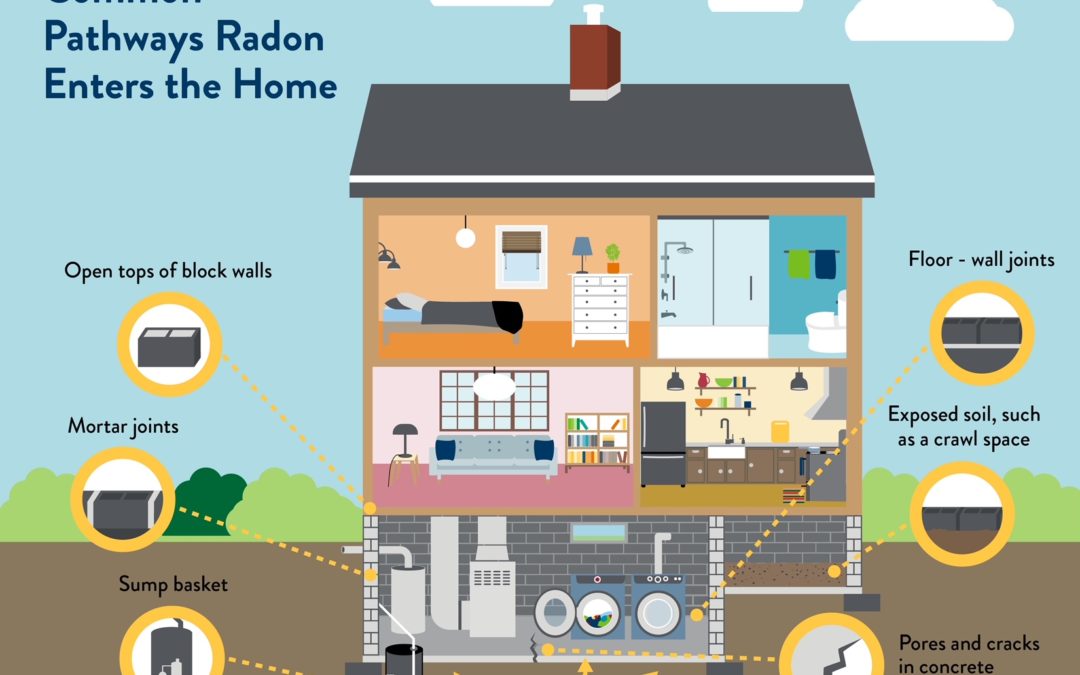Radon is a naturally occurring, radioactive gas that results from the breakdown of uranium in the soil and rocks beneath our feet. It is commonly found in indoor environments and can cause serious health issues when present in high levels. To better understand how radon affects our health, it’s important to know what causes it.
Radon is formed when uranium breaks down inside the earth’s crust and releases radioactive particles into the atmosphere. It then enters buildings through cracks and openings in their foundations or through porous building materials like concrete, brick, and mortar joints. Once inside, it accumulates as an invisible gas until it reaches the end of its half-life, is diluted by air movement, or possibly inhaled as we breathe.
Geology plays a large role in determining where radon is likely to be found in homes and businesses. Areas with higher concentrations of uranium (usually regions with granite or shale formations) tend to have higher levels of radon because these rocks are more susceptible to breaking down over time and releasing their radioactive contents into the air. In addition, radon tends to concentrate near fault lines because these areas experience frequent seismic activity that can disturb underground rocks and release more uranium particles into the environment.
Other factors can also contribute to elevated radon levels indoors, including poor ventilation systems and poorly sealed construction joints that allow outside air containing greater concentrations of radon gas to enter buildings more easily. In some cases, where a home has been built on top of an old landfill site or other area contaminated by industrial activities, the soil may contain higher amounts of uranium. This can lead to increased levels of indoor radon as well.
In order to protect yourself against adverse health effects associated with prolonged exposure to high levels of indoor radon, it’s important that you test your home for this dangerous gas regularly. This can be accomplished by using a simple do-it-yourself kit or hiring a professional company for testing services such as The Radon Wizard. If your home tests positive for elevated levels of radon, then mitigation measures should be taken immediately to reduce your risk factors accordingly so you can enjoy safer living conditions moving forward.

